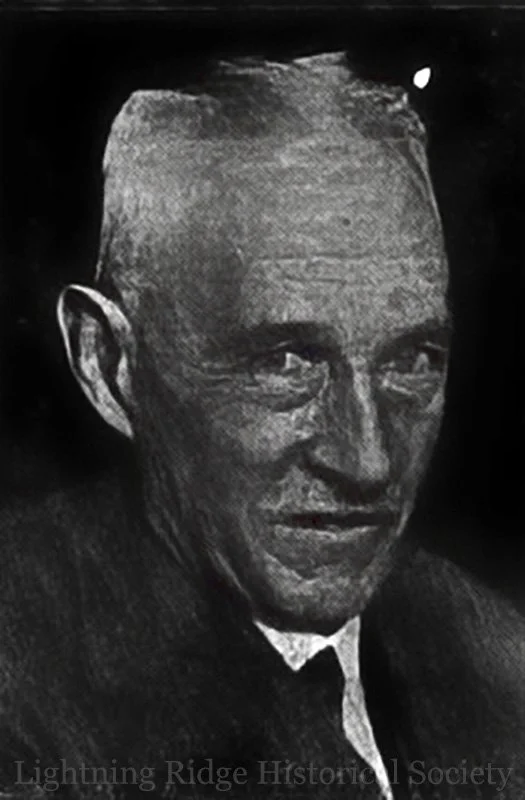J. B. Jaquet
John Blockley Jaquet was born on 29 June 1867, the son of George and Charlotte Jaquet. Jaquet married twice, first to Jessie Milburn Campbell, with whom he had two children, and later to Agnes Murray Campbell in 1902.
Trained at the Royal School of Mines in London, he earned his diploma (Associate of the Royal School of Mines) after studying chemistry, geology, applied mechanics, and mining engineering. Before emigrating to Australia he spent a year as a working miner in Cornwall, gaining practical underground experience.
Jaquet arrived in New South Wales in the late 19th century and joined the Department of Mines as a geological surveyor. Over the next decade he undertook extensive fieldwork, including eight months at Broken Hill, prospecting iron ore deposits across the state, and reporting on major gold and base metal fields. His publications included The Iron Ore Deposits of New South Wales, an important document in the development of the state’s smelting industry. In 1903 he was appointed Acting Chief Inspector of Mines, later becoming permanent in the role.
Best known for his work on metalliferous fields, Jaquet’s responsibilities with the Department of Mines also covered the state’s opal districts. As senior mining official, he oversaw reporting and official engagement with Lightning Ridge and other opal fields during the early 20th century. Jaquet was responsible for a number of formal reports on the Lightning Ridge fields, including some of the earliest entries in the Annual Reports of the Department of Mines, alongside work by colleague E. C. Andrews.
He died at Chatswood, Sydney, on 1 June 1942, aged 74, and was buried in St. Leonards.
Article: Research by Russell Gawthorpe and Leisa Carney, edited by Russell Gawthorpe. Sources: ‘Mr. J. B. Jaquet’, Australian Town and Country Journal, 21 October 1903, p. 11; ‘Chief Inspector of Mines’, Sydney Morning Herald, 16 October 1903, p. 3; ‘Deaths’, Sydney Morning Herald, 3 June 1942, p. 14.


